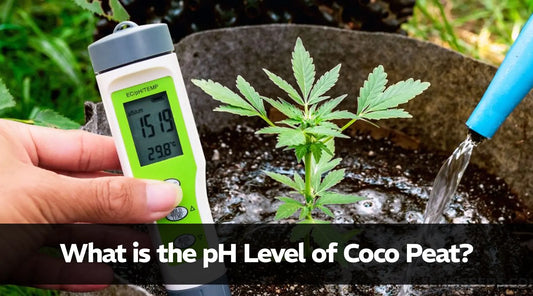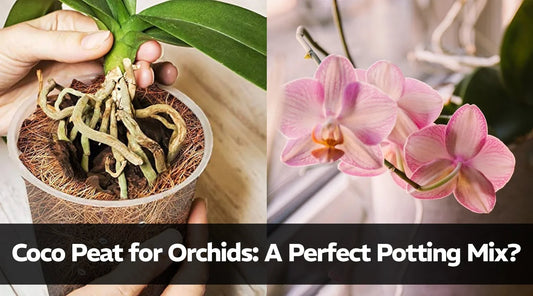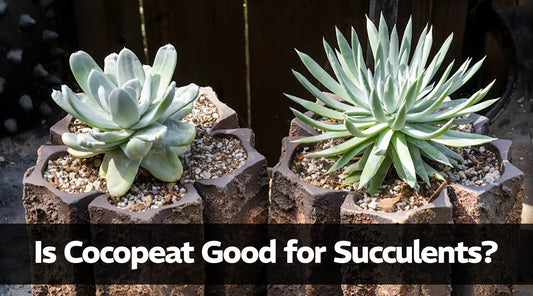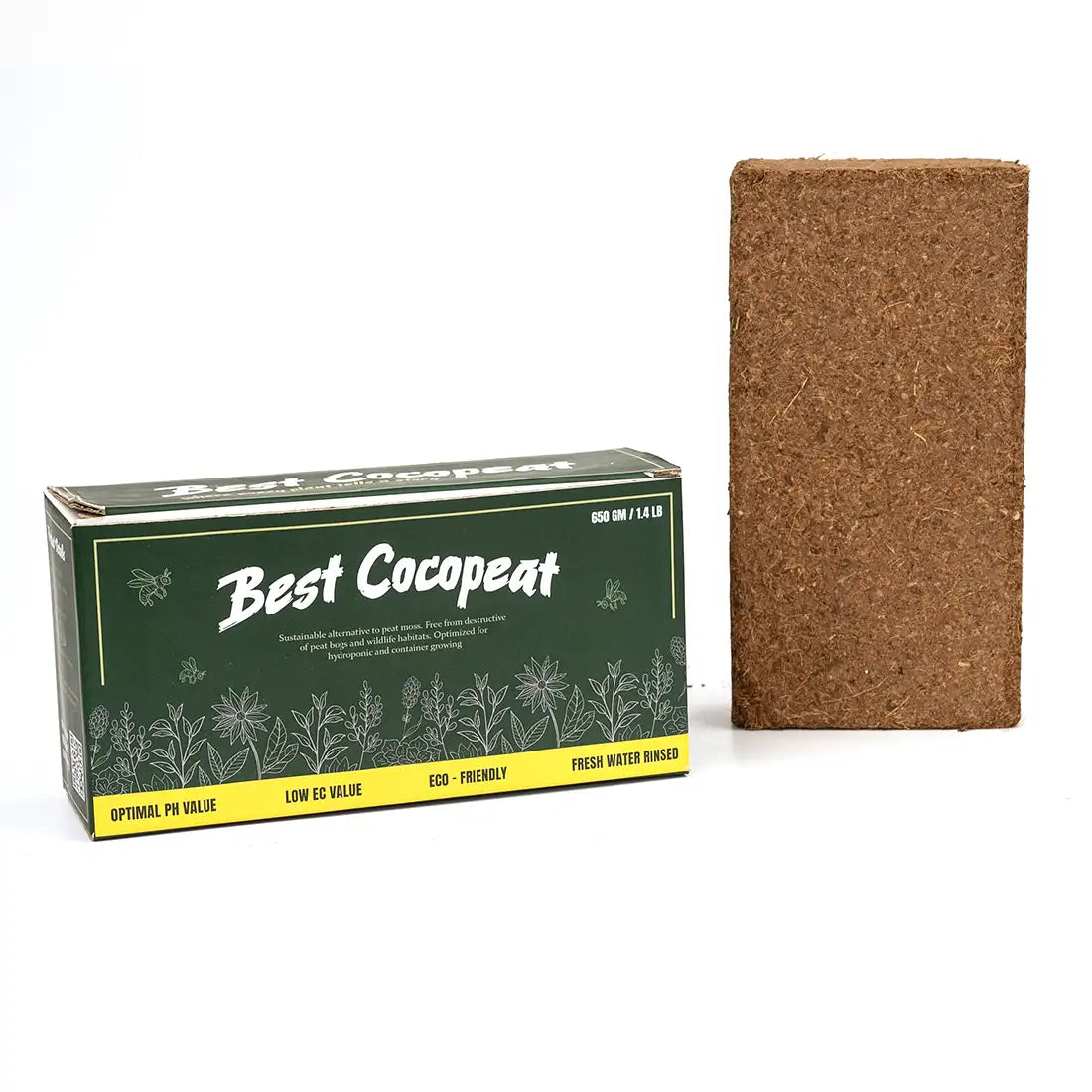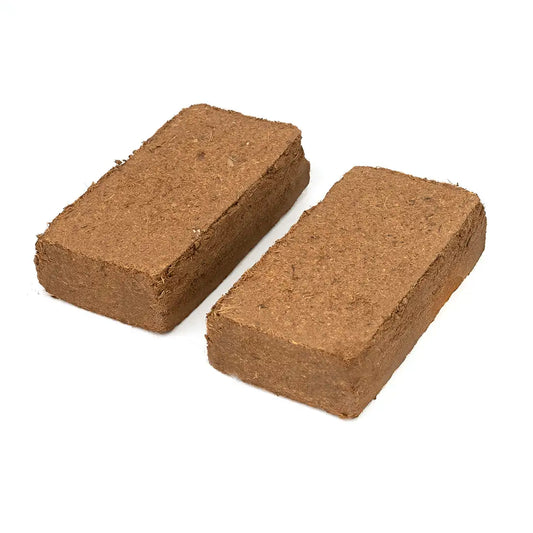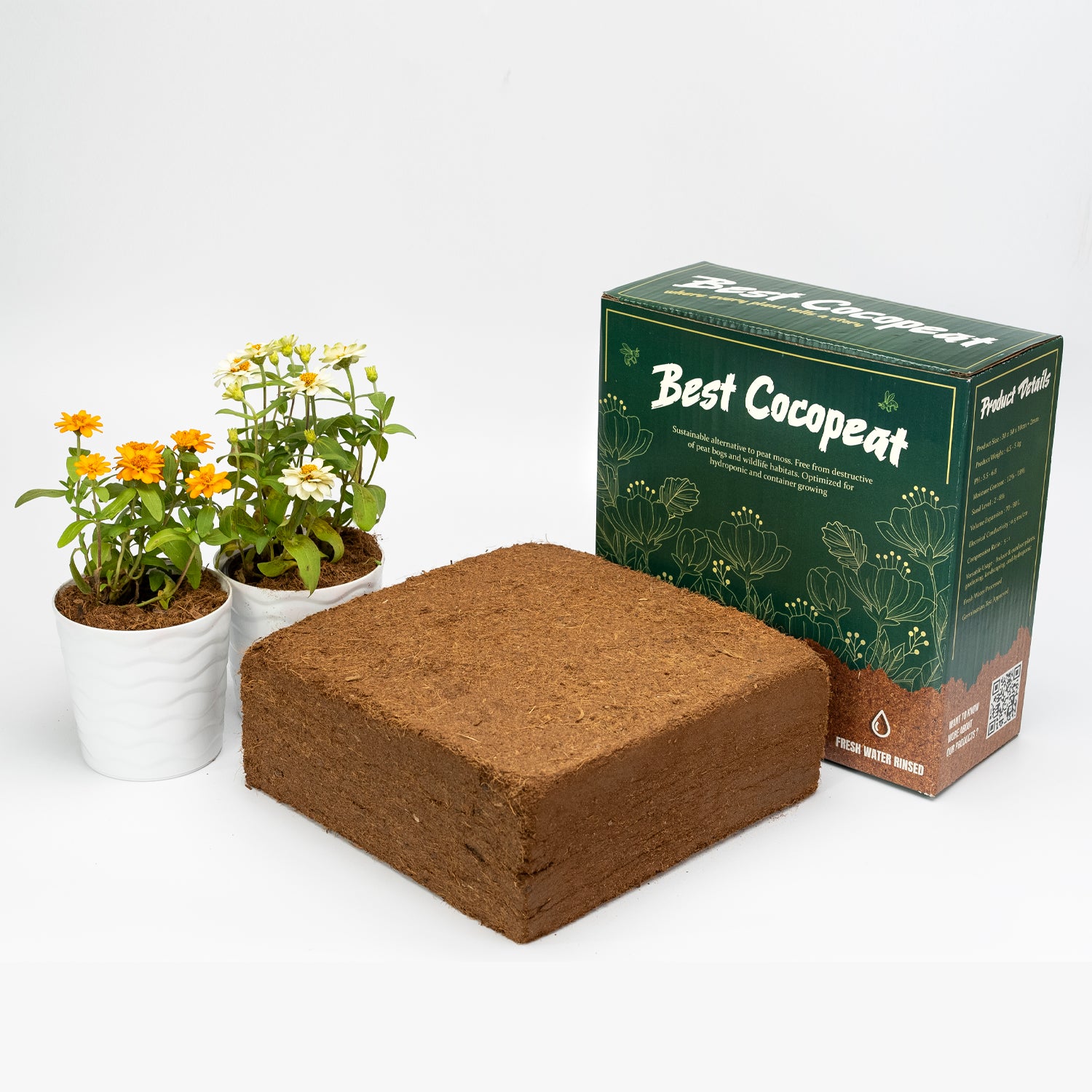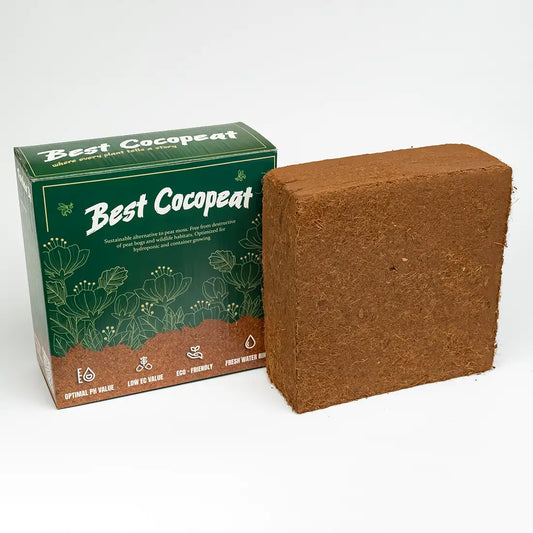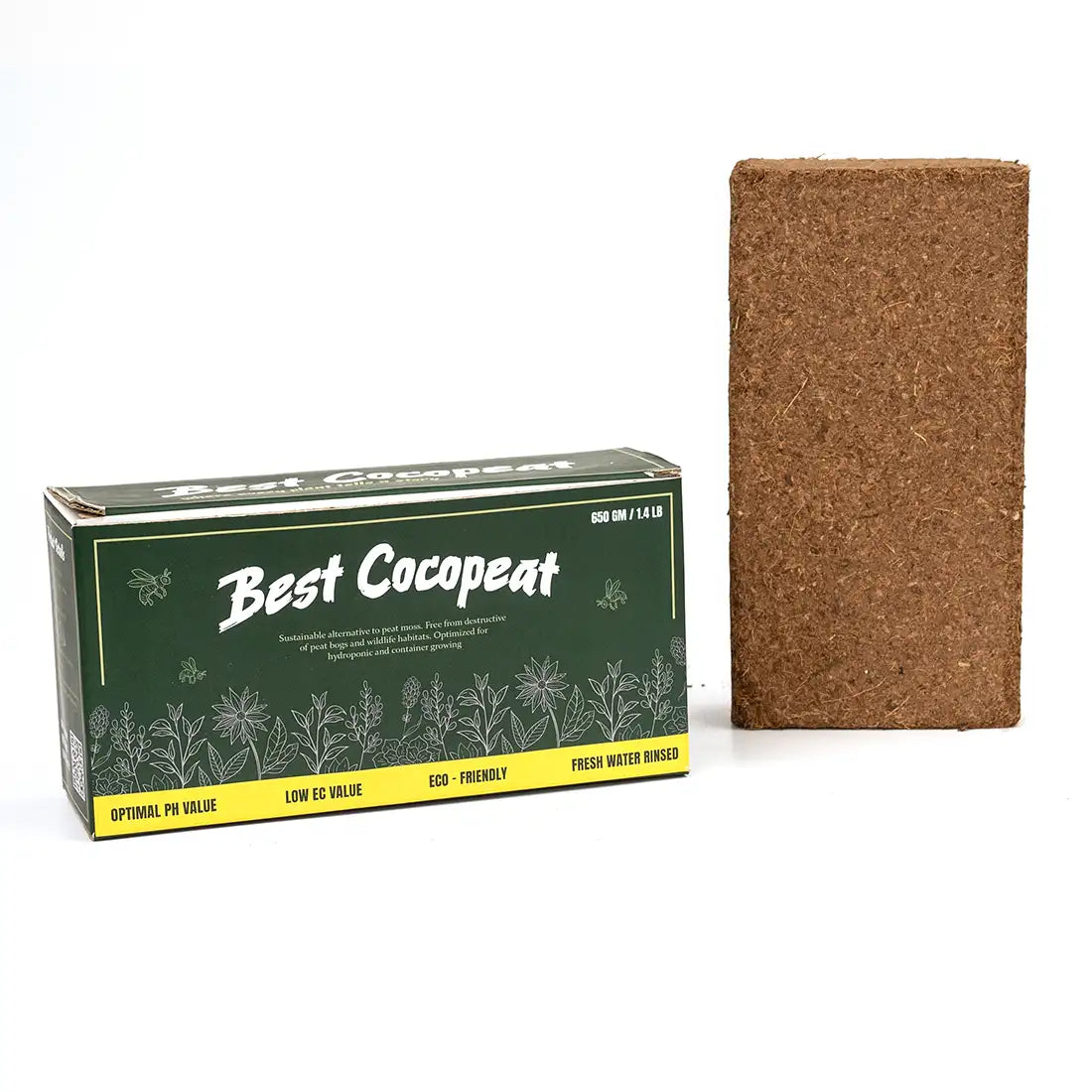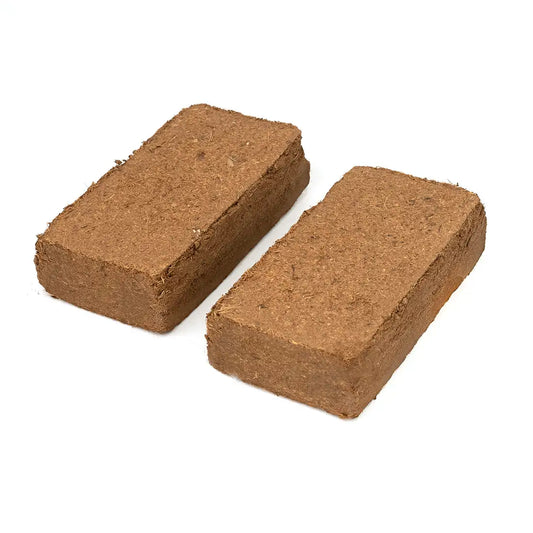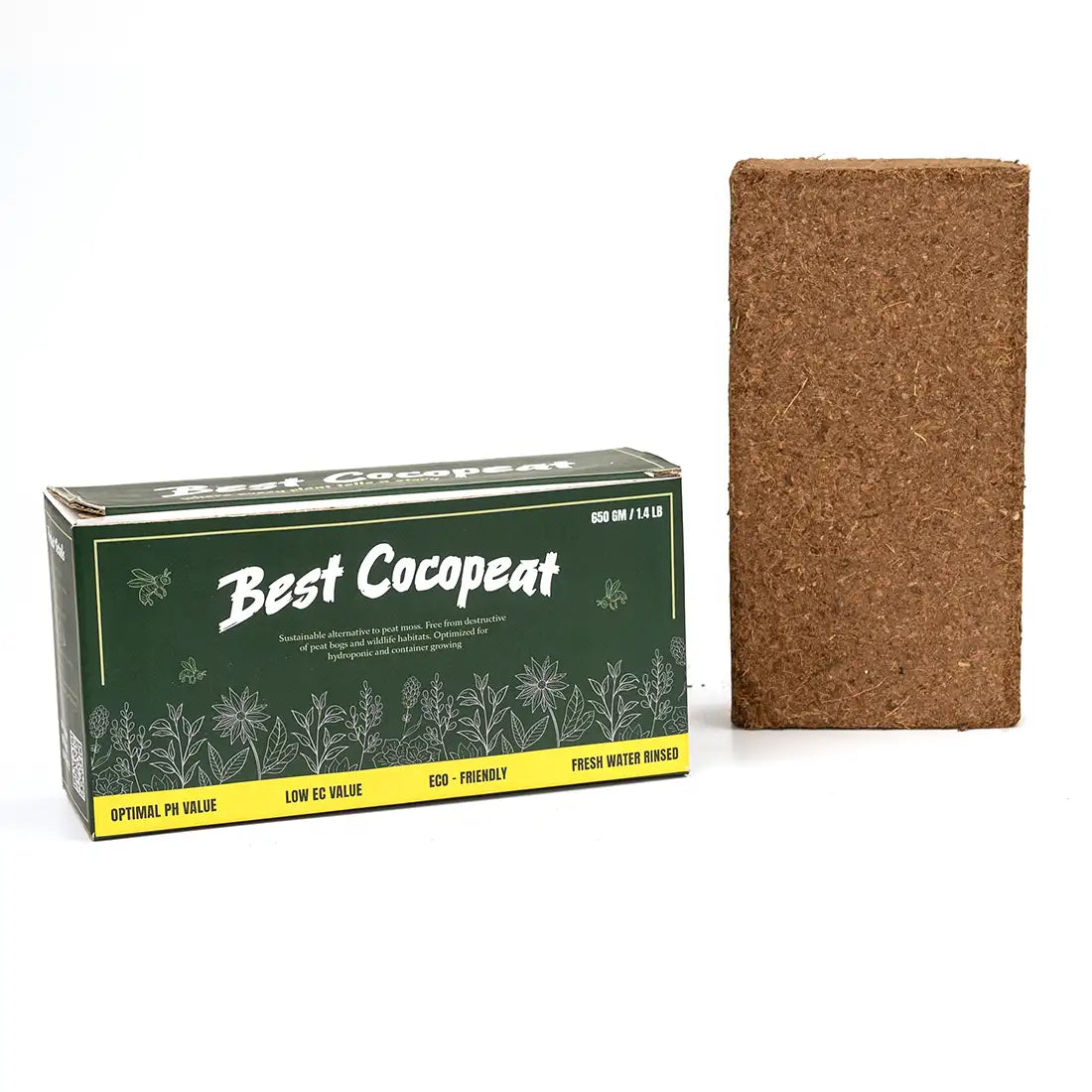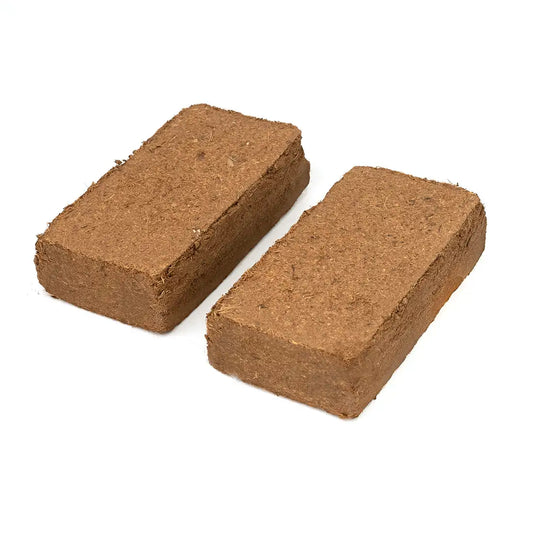One of the most vital elements of a good greenhouse planting is the soil. A good greenhouse soil provides healthy roots, healthy development, and rich crops. Selecting the right soil mix is important whether it's growing flowers, leafy greens or special crops like cannabis or greenhouse tomatoes.
Although the environment within a greenhouse is controlled, improper soil can still cause problems for plants. Your results may be affected by fertilizer deficiencies, compaction, and improper drainage. For this reason, you require a soil mix like Best Cocopeat, that promotes fertility, moisture retention, and aeration.
Important Features of Greenhouse Soil
When choosing the ideal soil mixture for a greenhouse, consider these important factors:
-
Drainage – To prevent root rot, water must flow easily.
-
Aeration – Oxygen is important for roots, particularly in enclosed growing spaces.
-
Water Retention – Healthy soil absorbs moisture without getting soaked.
-
Nutrient-Rich – Steady plant growth is ensured by a constant supply of nutrients.
-
Light Texture – Loose and soft soil supports root development and prevents compaction.
Using coco peat, an ecologically friendly fibrous material made from coconut husks, is an excellent approach to satisfy these goals. It is ideal for greenhouse environments since it improves water retention and aeration.
Soil for Greenhouse Tomatoes
As large tomato growers, we prefer soil that is slightly acidic and rich in nutrients. Compost-enriched sandy dirt with improved drainage is suitable for their growth. A moisture-balanced environment that is perfect for tomato roots can be created by mixing cocopeat with perlite or pumice. This mixture keeps plants properly hydrated and nurtured while avoiding overwatering.
Growing Cannabis in a Greenhouse
Growing cannabis in a greenhouse provides a perfect balance of climate control and natural light. Cannabis is strict about the soil, though. It supports a mixture that is loose, well-oxygenated, and rich in organic matter. Adding cocopeat for plants promotes moisture balance and helps air to reach the roots. For cannabis seedlings, which are highly susceptible to overwatering or soil compaction, this is especially helpful.
Requirements for Soil in Greenhouses for Other Crops
Herbs and leafy vegetables like cilantro, spinach, and lettuce are frequently grown crops in greenhouse environments. They need soft, rich nutrients, and well-draining soil. The best growth conditions for these crops are created by combining compost, vermiculite, and coco peat soil. It maintains moisture for constant hydration while being light enough for roots to grow efficiently.
Pre-Made vs Custom Mixes
You can make your own greenhouse soil with premium components or purchase already-made greenhouse soil. The following should be included in a general-purpose greenhouse mix:
-
For nutrients, use older fertilizer or compost.
-
Aeration with perlite
-
For structure and preservation of moisture, use coco peat.
This combination maintains the natural balance of your soil environment and supports many different kinds of greenhouse plants. As alternatives to peat moss, many farmers choose coconut coir brick or cocopeat block for environmentally friendly gardening.
Keeping the Soil Healthy Over Time
Even the best blend needs maintenance. Over time, nutrients disappear and organic material breaks down. Keep an eye on pH levels and regularly add compost or organic fertilizers to the soil. Using cocopeat minimizes the duration of watering and helps maintain a consistent root environment.
Final Thoughts
The core of any successful greenhouse is the soil. Whether you're growing greenhouse tomatoes, vegetables, or cannabis, the appropriate cocopeat mix makes all the difference. For plants, a mix including cocopeat may greatly improve aeration, drainage, and moisture retention, resulting in healthier crops and greater production.
For the greatest outcomes, invest in the best cocopeat and blend it with nutrient-rich elements to meet all your greenhouse soil expectations. You can have healthy plants in your greenhouse all year long if you adjust the mix according to your crop and surroundings.

